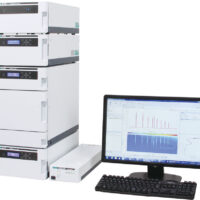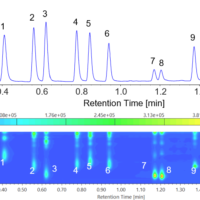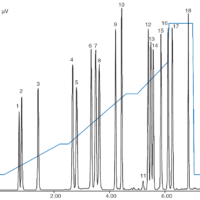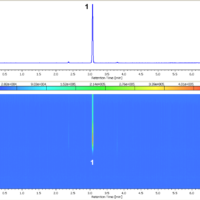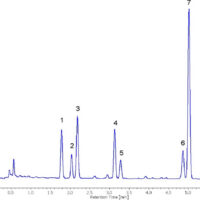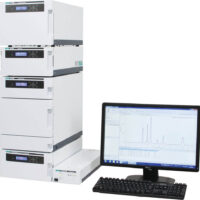Introduction
Curcumin is the principal curucuminoid of the popular Indian spice turmeric, which is a member of the polyphenols. It is well known that it has physiological effects such as anti-ulcer, antioxidant and anti-inflammatory activities. Turmeric curucuminoids contain curcumin as keto and enol types.
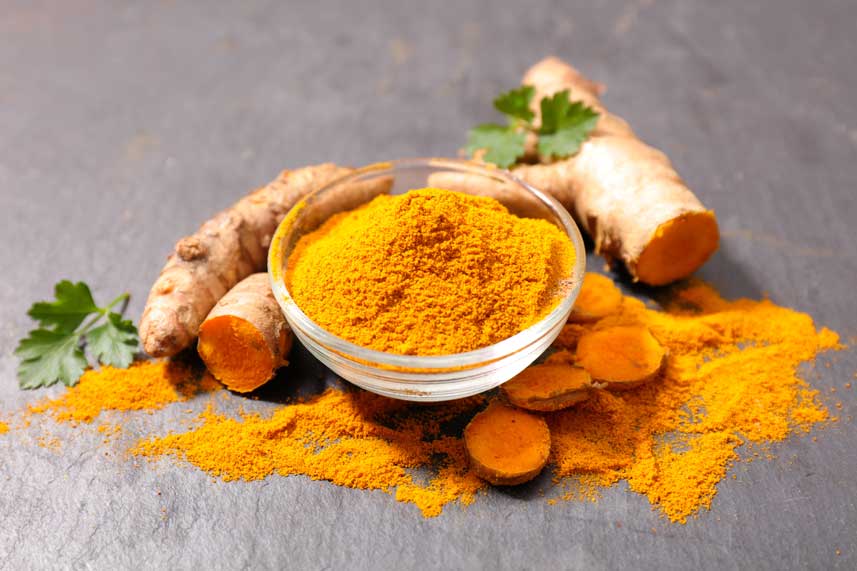
In this article, curcuminoids in turmeric were analyzed using Ultra High-Performance Liquid Chromatography (UHPLC) with PDA detector, which enables ultra high-speed data aquisition of 100 spectra/sec.
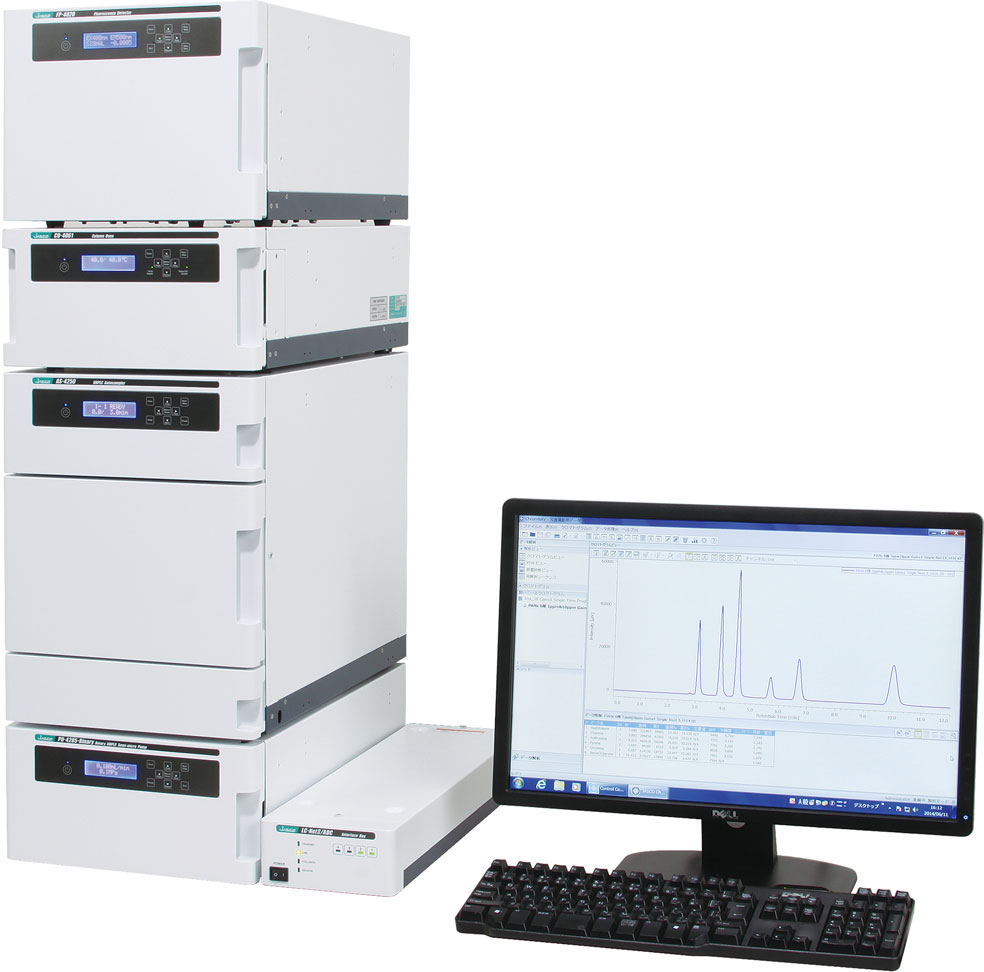
LC-4000 UHPLC system
Experimental
<Experimental conditions>
Column: ZORBAX Eclipse Plus C18 (3.0 mmID x 50 mmL, 1.8 µm)
Eluent A: 0.2 % Formic acid
Eluent B: Acetonitrile
Gradient condition: (A/B), 0 min(95/5) -> 1 min(40/60) -> 1.05 min(10/90) -> 1.5 min (10/90), 1 cycle; 4 min
Flow rate: 0.8 mL/min
Column temp.: 40 ºC
Wavelength: 200-650 nm
Injection volume: 1 µL
Standard sample: Bis-demethoxycurcumin, Demethoxycurcumin, Curcumin, 50 mg/mL each in Water/Acetonitrile (50/50)
Keywords
UHPLC, Turmeric, Curcumin, 1.8 µm, C18 Column, PDA Detector
Results
Figure 1 shows the chromatogram and contour plot of the curcuminoid standard mixture. The components were clearly separated within 1 minute.
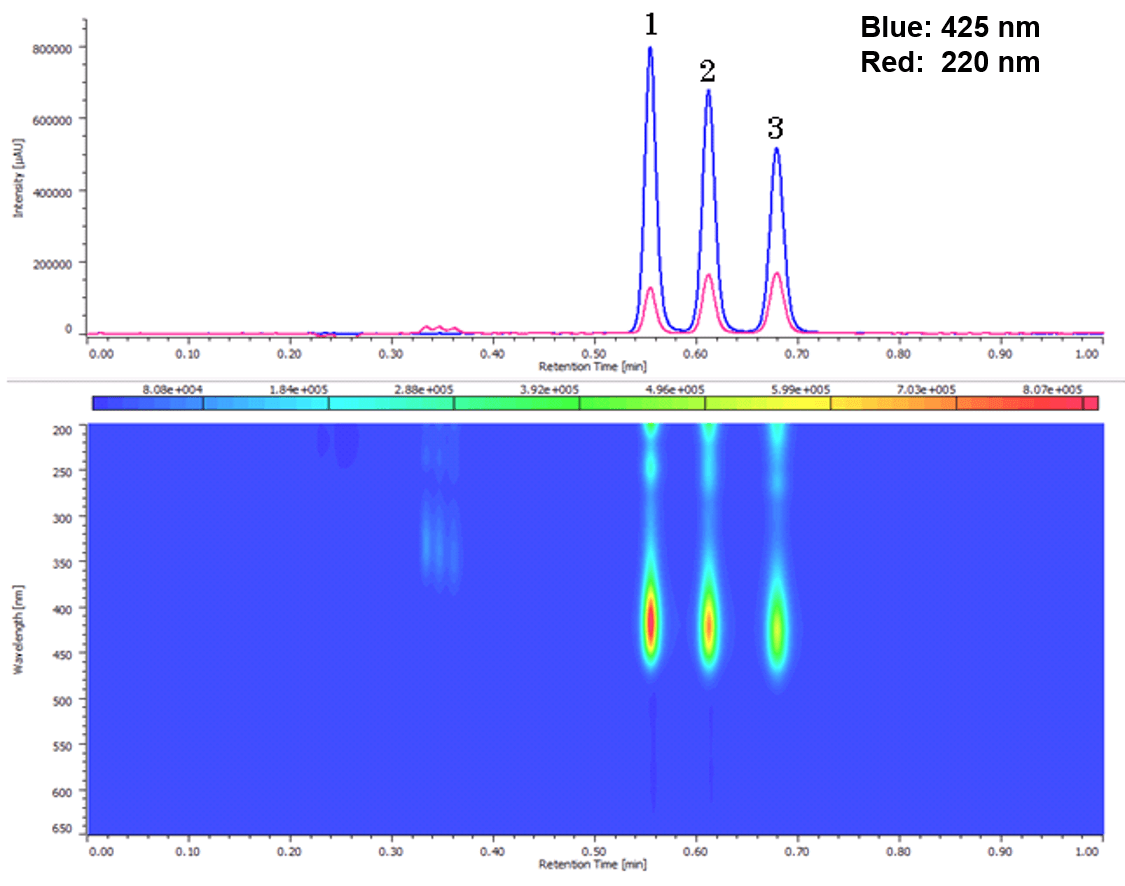
Figure 1. Chromatogram of the Curcumin standard mixture (1: Bis-demethoxycurcumin, 2: Demethoxycurcumin, 3: Curcumin)
Figure 2 shows the on-peak spectra of the components of the curcuminoid standard. High quality spectra were obtained for all three components.
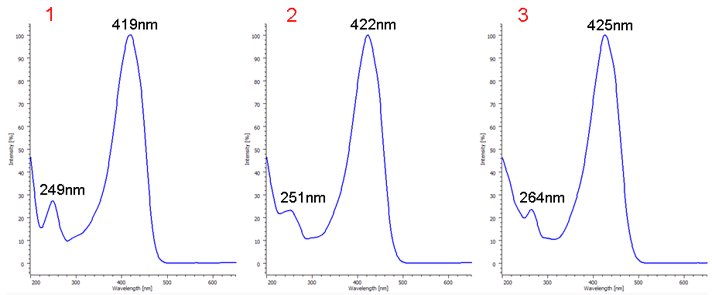
Figure 2. On-peak spectra of the Curcumin standard (1: Bis-demethoxycurcumin, 2: Demethoxycurcumin, 3: Curcumin)
Figure 3 shows the chromatogram of commercial turmeric and the on-peak spectrum of each peak. By registering the spectra of standard components in figure 2, the correlation coefficient was calculated to be as good as 1.000.
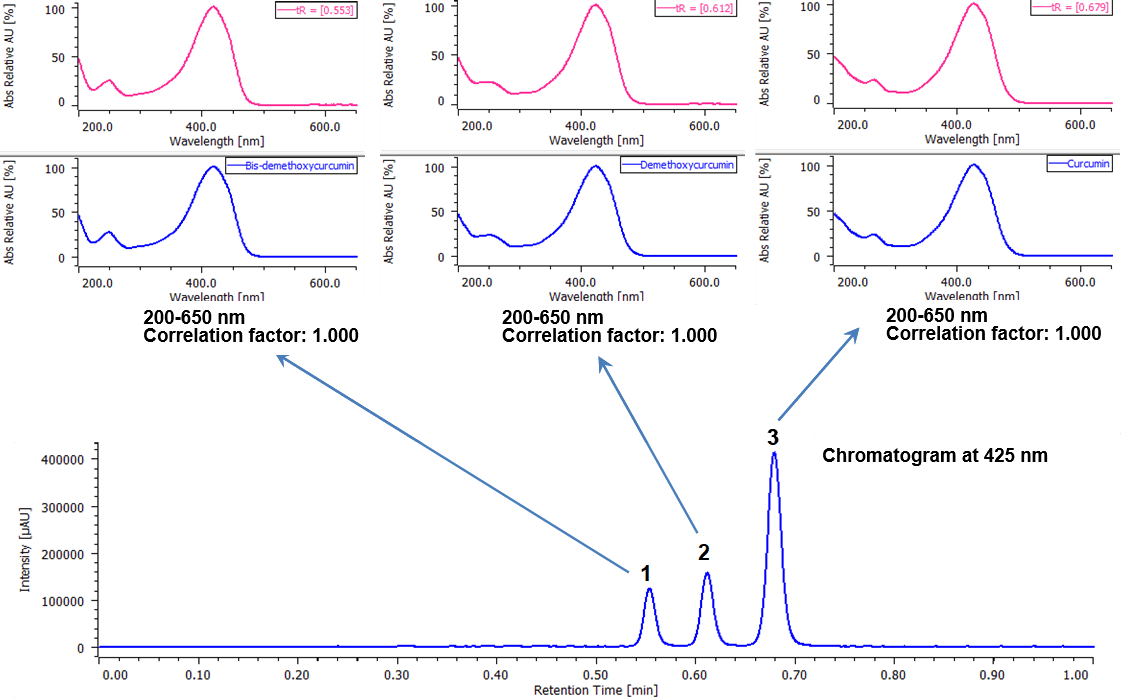
Figure 3. Chromatogram of commercial turmeric (1: Bis-demethoxycurcumin, 2: Demethoxycurcumin, 3: Curcumin)
Preparation: 500 milligrams of turmeric was first dissolved in 5 ml of acetonitrile. After sonication, the supernatant was filtered using 0.45 µm membrane filter, the filtrate was diluted with pure water (1:1) and it was filtered again using 0.2 µm membrane filter.

